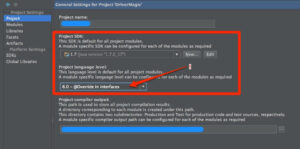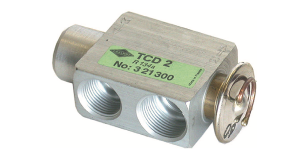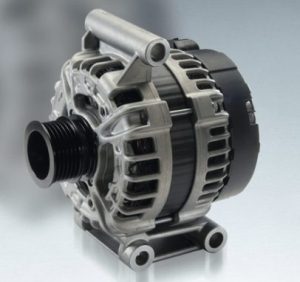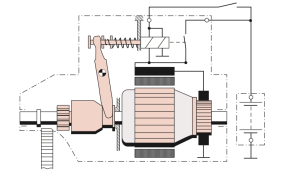Inlet tracts are an important component of engines that help to control the flow of air into the combustion chamber. The length of the inlet tract can have a significant impact on the performance of the engine. In this blog post, we will discuss the changes that occur in inlet tracts at different speeds, particularly with long and short inlet tracts.
Firstly, let’s define what we mean by an inlet tract. The inlet tract is the pathway that air travels through to get to the combustion chamber. It includes the air filter, throttle body, and intake manifold. The length of the inlet tract is measured from the throttle body to the intake valve.
Long Inlet Tract: When an engine has a long inlet tract, it means that the distance between the throttle body and the intake valve is greater. Long inlet tracts are commonly found in engines that are designed for low-speed power, such as in diesel trucks or heavy-duty equipment. These engines typically have a lower RPM range and produce more torque.
At lower speeds, the longer inlet tract allows for greater air pressure build-up before entering the combustion chamber. This can increase the engine’s low-end power and torque output. The downside is that at higher speeds, the longer inlet tract can become a bottleneck, reducing the engine’s ability to take in air efficiently. This can limit the engine’s high-end power output.
Short Inlet Tract: Engines with a short inlet tract have a shorter distance between the throttle body and the intake valve. Short inlet tracts are commonly found in high-performance engines, such as in sports cars or racing vehicles. These engines typically have a higher RPM range and produce more horsepower.
At higher speeds, the shorter inlet tract allows for less air pressure build-up before entering the combustion chamber. This can increase the engine’s high-end power and horsepower output. However, at lower speeds, the shorter inlet tract can limit the engine’s low-end power and torque output.
It is worth noting that the length of the inlet tract is not the only factor that affects engine performance. Other factors such as the shape and diameter of the inlet tract, the size of the intake valves, and the design of the combustion chamber can all have an impact on engine performance.
In conclusion, the length of the inlet tract can have a significant impact on engine performance, particularly at different speeds. Engines with long inlet tracts are designed for low-speed power, while engines with short inlet tracts are designed for high-speed power. It’s important to choose the right inlet tract length for your engine’s intended purpose to achieve the desired performance.
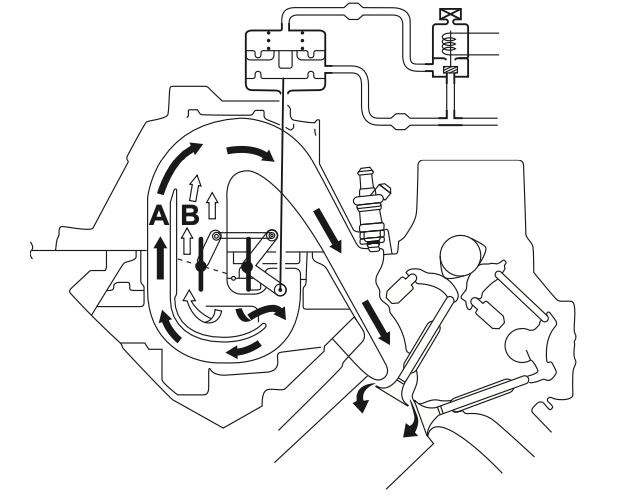
When air flows through the inlet tract, it experiences resistance due to friction and changes in direction as it passes through various components such as the air filter, throttle body, and intake manifold. The amount of resistance can vary depending on the length, diameter, and shape of the inlet tract.
At lower speeds, the longer inlet tract allows for more time for air to slow down and build up pressure before entering the combustion chamber. This increase in pressure can improve low-end power and torque output, which is important for tasks such as towing or hauling heavy loads.
However, at higher speeds, the increased resistance in the longer inlet tract can become a bottleneck, limiting the engine’s ability to take in air efficiently. This can result in a decrease in high-end power output, which is important for tasks such as acceleration or top-speed performance.
In contrast, engines with short inlet tracts are designed to provide minimal resistance to air flow at high speeds. This allows the engine to take in air quickly and efficiently, which is important for producing high levels of horsepower and achieving top speeds.
However, at lower speeds, the short inlet tract may not allow enough time for the air to slow down and build up pressure before entering the combustion chamber. This can result in a decrease in low-end power and torque output, which can make the engine less suitable for tasks that require high levels of pulling or hauling power.
Therefore, the choice of inlet tract length depends on the engine’s intended use and the type of performance desired. For example, a diesel truck designed for towing would benefit from a longer inlet tract to improve low-end power and torque, while a sports car designed for speed would benefit from a shorter inlet tract to improve high-end horsepower.
Overall, the length of the inlet tract is just one of many factors that affect engine performance, and the optimal design of an engine’s air intake system depends on a variety of factors, including the engine’s intended use, the desired performance characteristics, and the available space for the intake system.
Advantages of long inlet tracts:
- Increased low-end power: Longer inlet tracts allow for greater air pressure build-up before entering the combustion chamber, which can increase low-end power and torque output.
- Better fuel efficiency: The increased air pressure can improve fuel efficiency by ensuring a more complete combustion of the fuel.
- More suitable for heavy-duty applications: Engines with long inlet tracts are better suited for heavy-duty applications such as towing and hauling, where low-end power and torque are important.
Disadvantages of long inlet tracts:
- Reduced high-end power: At higher speeds, the longer inlet tract can become a bottleneck, limiting the engine’s ability to take in air efficiently, and reducing high-end power output.
- Slower throttle response: Due to the increased air resistance, engines with long inlet tracts may have a slower throttle response than engines with short inlet tracts.
- Larger physical size: Longer inlet tracts require more physical space, which can be a disadvantage in applications where space is limited.
Advantages of short inlet tracts:
- Increased high-end power: Shorter inlet tracts allow for less air pressure build-up before entering the combustion chamber, which can increase high-end power and horsepower output.
- Faster throttle response: Due to the reduced air resistance, engines with short inlet tracts can have a faster throttle response than engines with long inlet tracts.
- More suitable for high-performance applications: Short inlet tracts are better suited for high-performance applications such as racing and sports cars, where high-end power and speed are important.
Disadvantages of short inlet tracts:
- Reduced low-end power: At lower speeds, the shorter inlet tract may not allow enough time for the air to slow down and build up pressure before entering the combustion chamber, reducing low-end power and torque output.
- Lower fuel efficiency: The reduced air pressure can lead to incomplete combustion of the fuel, reducing fuel efficiency.
- More susceptible to heat soak: Short inlet tracts can be more susceptible to heat soak, where the heat generated by the engine can transfer to the intake air, reducing performance.
In summary, the choice of inlet tract length depends on the engine’s intended use and the desired performance characteristics. Long inlet tracts are better suited for heavy-duty applications and low-end power, while short inlet tracts are better suited for high-performance applications and high-end power. However, both types have their advantages and disadvantages, and the optimal design depends on a variety of factors.




